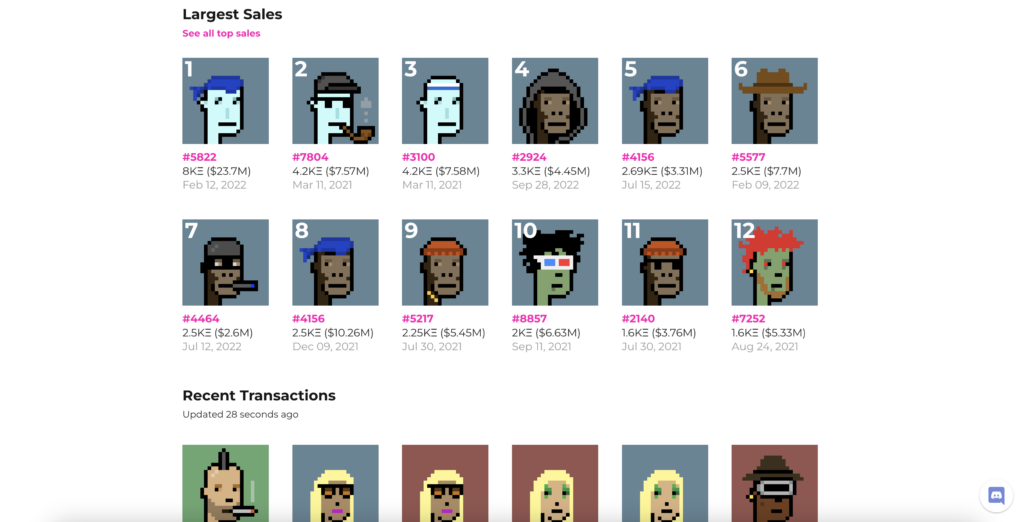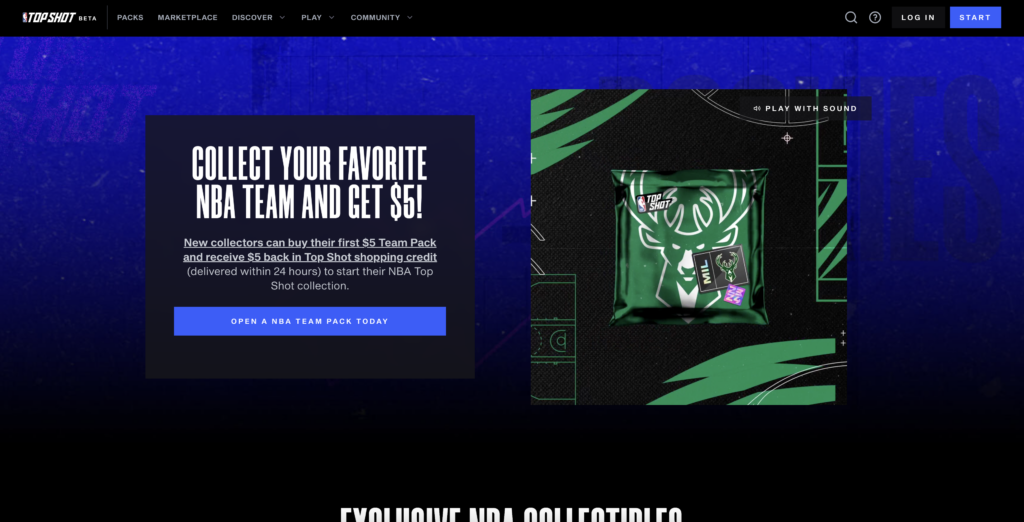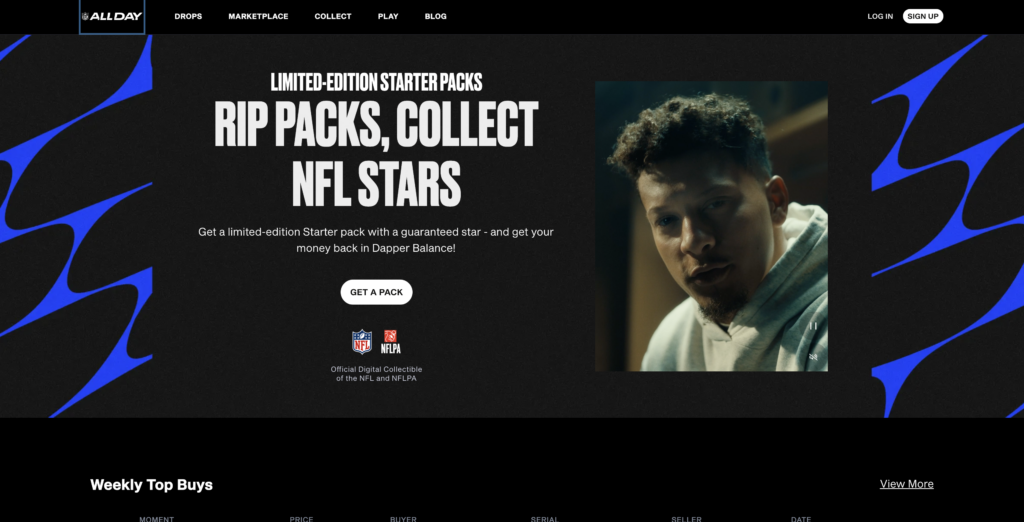What is an NFT? A Beginner’s Guide
By: Alexander Reed | Last updated: 2/1/24
Non-fungible tokens, or NFTs, are unique tokens that are often used to prove ownership of a certain digital file or other asset. In this post, I’ll explain in detail what an NFT is and what you may want to know before getting involved.
What is an NFT Summary
NFT stands for non-fungible token. Unlike regular, fungible tokens, NFTs are unique tokens that are not interchangeable with any other token – they’re most often one-of-a-kind. NFTs are most often tied to another asset, representing a digital certificate of its ownership.
Don’t like to read? Watch our video instead:
That’s NFTs in a nutshell. If you want a more detailed review, keep on reading. Here’s what I’ll cover:
- Fungibility Explained
- What are NFTs?
- How are NFTs Created?
- NFT Characteristics
- Buying NFTs
- NFT Uses
- Conclusion
1. Fungibility Explained
NFT stands for Non Fungible Token, but what exactly is “Fungible”?
You can think of something fungible as interchangeable or having no unique properties. For example, if I have a one-dollar bill and ask you to trade it with me for a different one-dollar bill, you probably won’t have any issue with that since they are basically two of the same thing – meaning both dollar bills are fungible.
However, if by chance, you happen to have a rare dollar bill with unique markings or a unique serial number like, say, 12345678 or a true binary serial number (where all of the digits are either 0 or 1), you probably won’t be so inclined to trade it. These one-dollar bills are extremely rare and can be traded for up to $5,000 dollars and more. In other words, these bills are non-fungible, unique, and have specific attributes that distinguish them from the rest.
So, a non-fungible token is like a unique dollar bill. It’s a digital coin with unique attributes.
Fun fact: Bitcoin and many other cryptocurrencies are considered non-fungible in the sense that you can attach a certain history to a coin. So, for example, if a certain Bitcoin was used for illegal activity, it may be worth less than a newly minted Bitcoin with no history. This is because of the Bitcoin blockchain ledger. Coins can be followed and tracked from wallet to wallet, but they do not necessarily reveal exactly what purchases are being made or by whom.
2. What is an NFT?
NFTs are used to prove ownership of a certain digital file or a digital certificate of authenticity. Confused? Don’t worry; let’s break it down.
When we look at a piece of art – a painting, for example – the original painting is always much more valuable than its copies. You can also use specific methods to validate the authenticity of that painting. For example, receiving a certificate of authenticity.
But when it comes to a digital file, how do you know what is the original and what is a copy? And does it even matter?
Well, apparently, it does. In the same way that people collect physical art, digital goods are becoming very popular. For example, I can write an ebook and sell the first copy of it as an NFT. Whoever buys it from me will have the right to say they own my book’s first-ever copy.
But here is where it gets tricky: It’s not that I gave the buyer any rights to my book or anything tangible for that matter. I only gave the buyer the right to brag that he or she owns the first copy. So, unlike buying a painting in real life and taking it home, for example, with an NFT, you don’t have any power over the goods that you’re buying.
That’s why it’s questionable as to how valuable NFTs actually are. An NFT is worth only as much as the next guy is willing to pay for it. The fact that it doesn’t even exist in the physical world might be a hard concept to grasp for some people.
3. How are NFTs Created?
To create an NFT, a creator first creates a digital good. This could be an image, a video, a tweet, a website, or anything else that lives in the online world. The creator then creates a coin, or a token, on a blockchain that supports smart contracts like Ethereum, Cardano, or Solana.
This token holds information about the digital goods that are being sold. This information includes the token name, the token symbol, and a unique hash that proves the authenticity of the NFT.
Keep in mind that the digital goods themselves aren’t stored inside the token, only attributes relating to them. So, while the NFT may point to where the file can be found online, anyone can use that link, and it’s not unique in any way.
Once the token is created, the creator can sell it to someone else, and that someone will be the new owner of that digital good.
To sum it up, an NFT is a token on a blockchain that acts as a digital certificate of authenticity. It can be verified instantly and shows its previous owners’ history.
4. NFT Characteristics
Aside from being non-fungible or unique, NFTs are also indivisible, easily transferable, fraud-proof, and programmable. This means that NFT creators can decide that royalties will be paid to them each time an NFT changes hands.
Some examples of popular NFTs include CryptoPunks, a collection of 10,000 8-bit-style pixel art images of…well…punks that are sold as NFTs. Many of their prices have already surpassed several million dollars.

Another example is NBA Top Shot – a marketplace where fans can trade NFTs of NBA moments. These moments are video clips packaged as an NFT, a bit like the trading cards we used to have back in the day. Using NFTs for sports highlights is another way players can make money by getting royalties when a Top Shot moment they are highlighted gets sold as an NFT.

The NFL partnered with Dapper Labs to create the NFL All Day, their version of the NBA Top Shot NFTS. Several NFL All Day NFTs are currently going for thousands of dollars, especially for popular players like Patrick Mahomes, Trevor Lawrence, Tom Brady, and Aaron Rodgers.

Additional popular examples include Jack Dorsey, the founder of Twitter, selling his first ever Tweet as an NFT, and the artist Beeple selling an NFT of his work for 69 million dollars.
5. Buying NFTs
In general, there are two types of NFT marketplaces – centralized and decentralized.
The centralized marketplaces allow you to sign up and fund your account using a credit card or other form of payment. For example, Nifty Gateway is a centralized NFT marketplace owned by the exchange Gemini. There, you can buy NFTs using your Gemini balance.
On the other hand, if you want to make NFT purchases through a decentralized marketplace, you’ll need a wallet compatible with the blockchain on which your NFT was created.
For example, in Ethereum’s case, MetaMask is the most popular option. It’s a wallet that was built as a browser extension, and you can use it to log into decentralized NFT marketplaces such as OpenSEA, Rarible, or SuperRare.
Once you fund your account or wallet, you can just buy or bid on different NFTs in the marketplace. In the end, an NFT is just a coin, or token to be more precise, that is stored in your cryptocurrency wallet just like any other cryptocurrency.
Keep in mind that unless you’re an avid collector, you’ll also need to sell the NFT at some point, and NFTs aren’t very liquid. In other words, they don’t always have a market of people who want to buy them. Just like it might be hard to find someone who’ll pay thousands of dollars for a rare baseball or Pokemon card.
As you can imagine, this market is very hype-driven. This could lead to a situation where a person buys an NFT for millions of dollars only to find out that he can’t sell it later on since the interest in that specific NFT is no longer there.
6. What to Do With Your NFT?
For one, being the owner of an NFT provides you with “bragging rights” of the digital asset the NFT is associated with, and there are several creative ways to show it off. For example, some NFTs are displayed digitally across art galleries. Another creative idea that’s been getting quite popular is to use a digital frame that can display the NFT and hang it up in your house.
Alternatively, you can use a physical print of the NFT with a QR code next to it pointing to your proof of ownership on the blockchain. There are also online galleries inside virtual worlds that are used for displaying NFTs. As you can see, the opportunities for displaying your latest digital artwork are abundant.
However, NFTs aren’t used only for art; Anything that is unique or needs proof of ownership can be created as an NFT. In simple terms, an NFT is a term used for tagging something in the digital world as your own. So, anything that requires such tagging can benefit from the NFT technology.
For example, Decentraland is a virtual world where users can buy digital land that can later be sold or used for advertising. Online games can use NFTs to prove ownership of rare digital items that players can then start trading amongst themselves. Unstoppable domains, which we’ve covered in the past, use NFTs to establish ownership of domain names.
NFTs can also be used as collateral in DeFi instead of cryptocurrencies. It’s the equivalent of pawning something you own in order to get a loan in the real world. NFTfi is one example of a marketplace for NFT-collateralized loans.
These are just a few examples of what NFTs can be used for, as I’m sure additional uses will surface in time.
7. Conclusion
It’s hard to say whether NFTs are the next big thing or just a craze like the 2017 ICO mania. On the one hand, it seems like everybody’s talking about NFTs, and all the big companies are moving into this space. On the other hand, it’s hard to wrap your head around the concept of people paying millions of dollars for digital proof of ownership without any claim in the real world.
I guess only time will tell what the future holds for NFTs. Hopefully, by now, you know what NFTs are – cryptocurrency tokens that prove a digital item’s ownership. You may still have some questions or comments on NFTs – If so, just leave them in the comment section below.
And if you have any experience with NFTs: purchasing, selling, or trading? We’d love to hear about it in the comments below as well.



So, you said that NFT is a token that is on a blockchain owened by particular user/node of the blockchain. When someone sells their NFT to some other person, how transfaer of that token takes place in real sense. Can you explain that a bit?
Here is a link that explains how to transfer ownership of an NFT: https://help.zora.co/en/articles/5267796-how-to-transfer-an-nft
Nft is connected to a code so you transfer this code